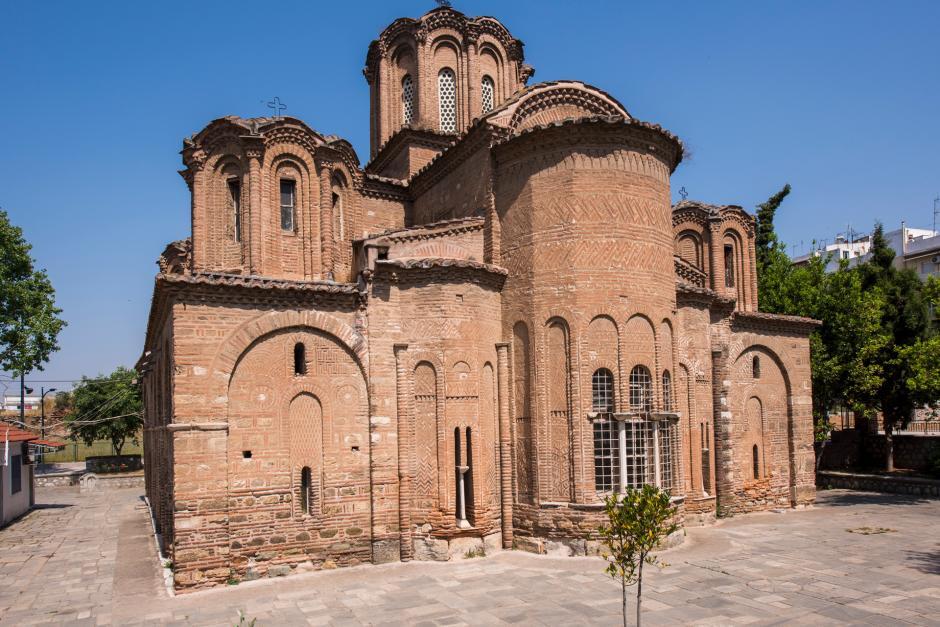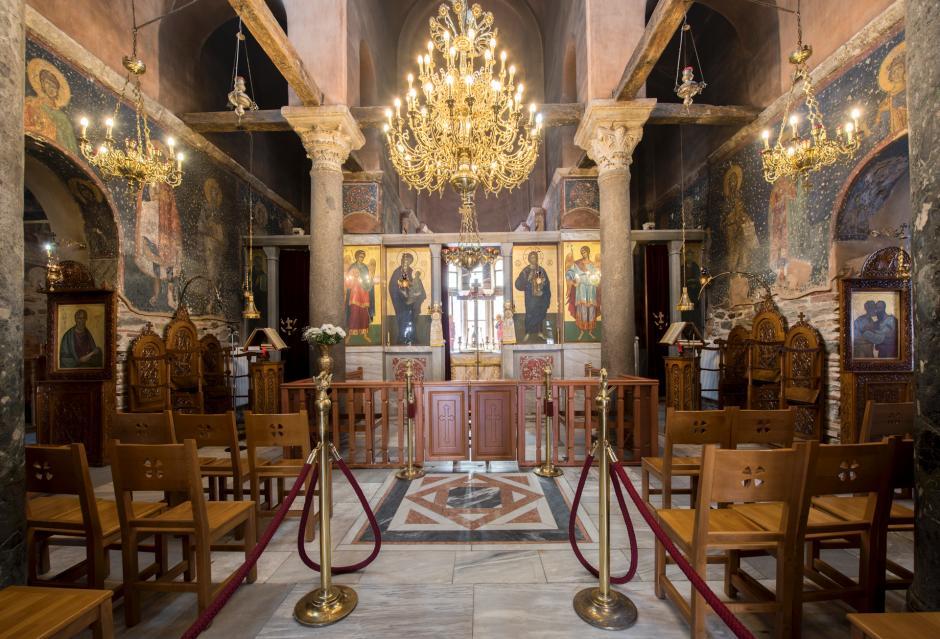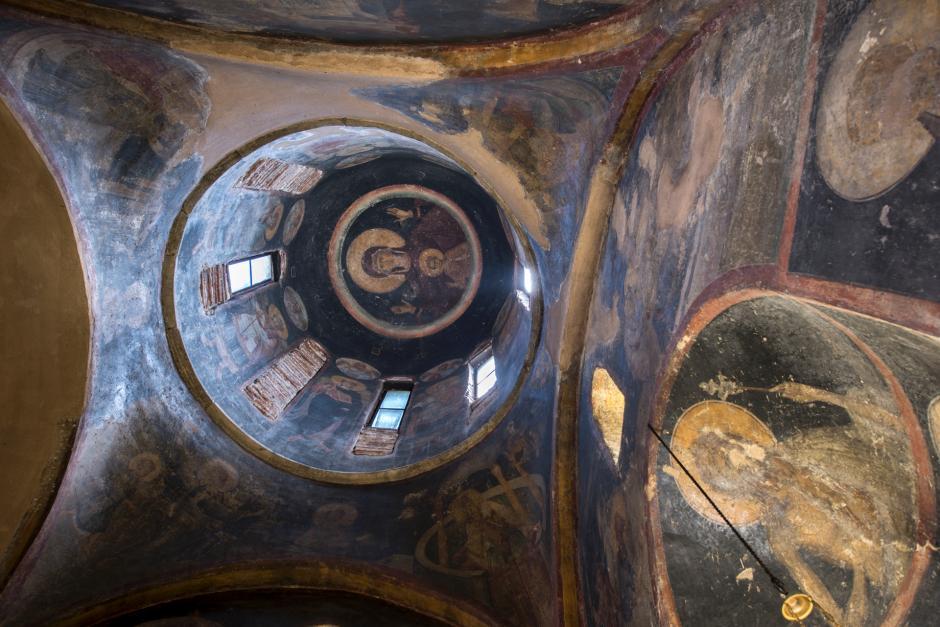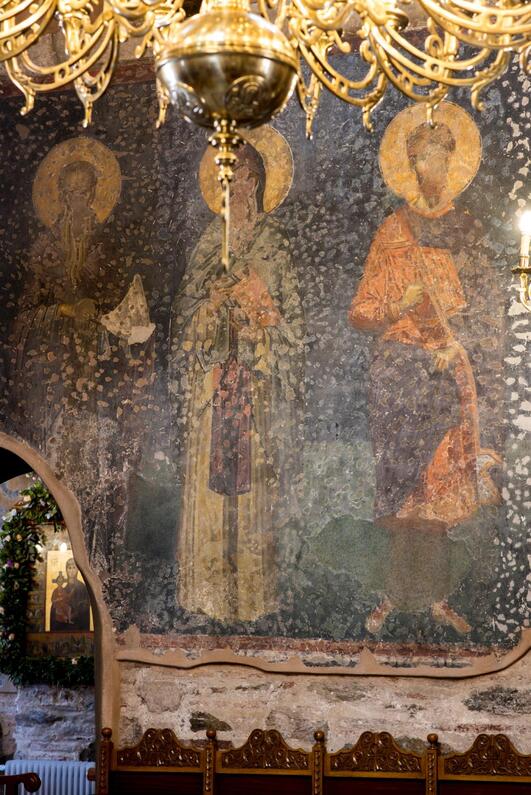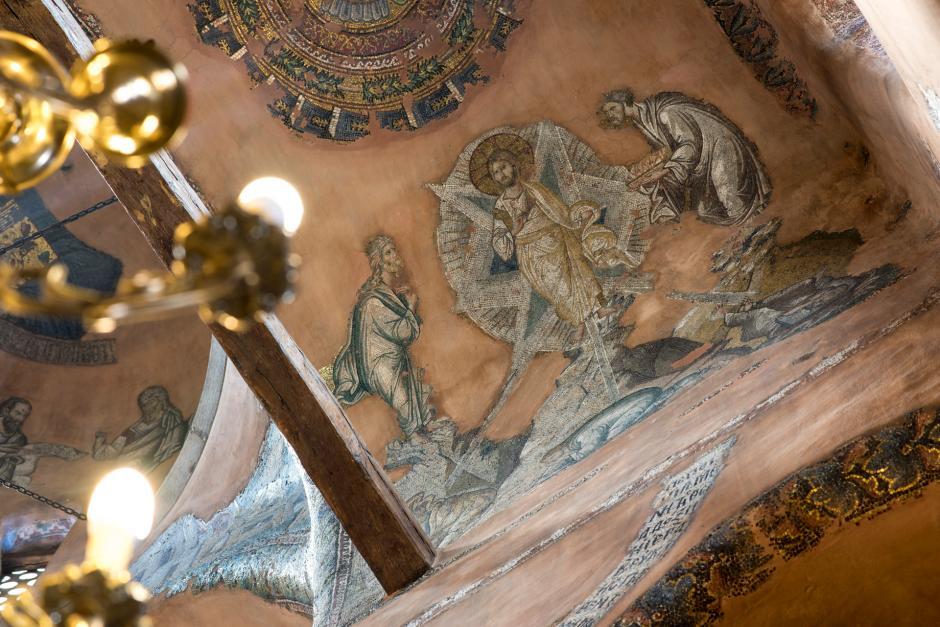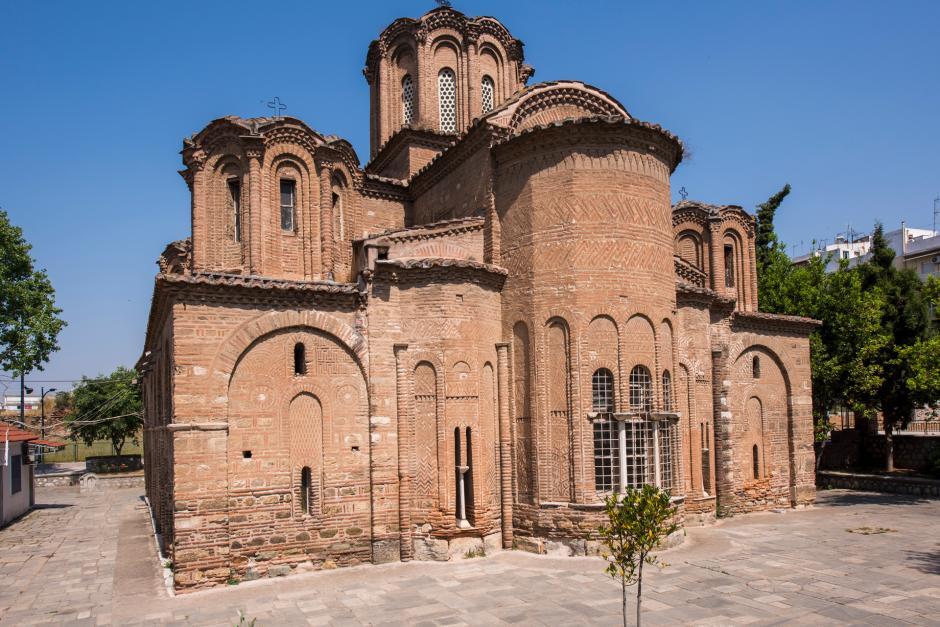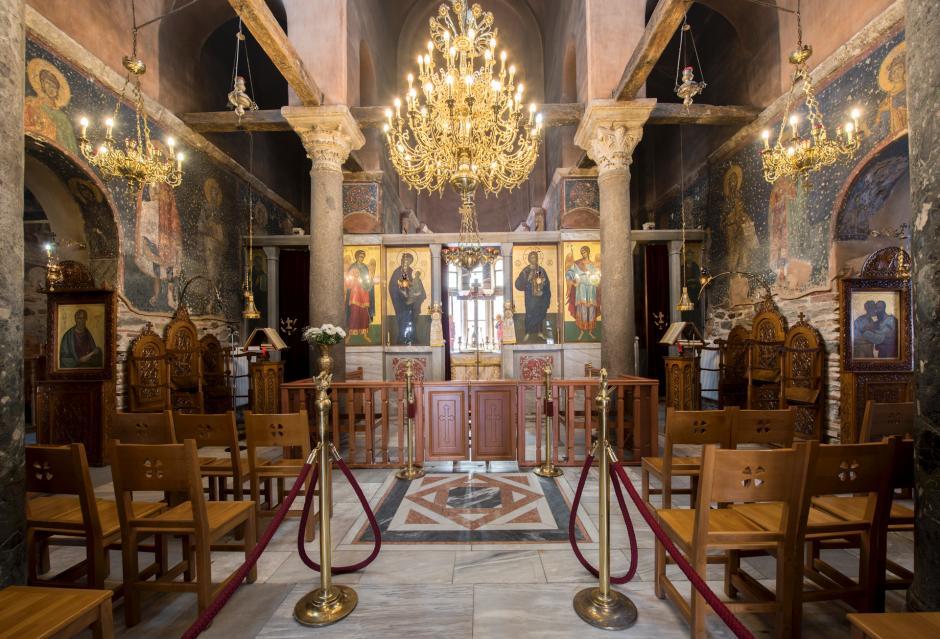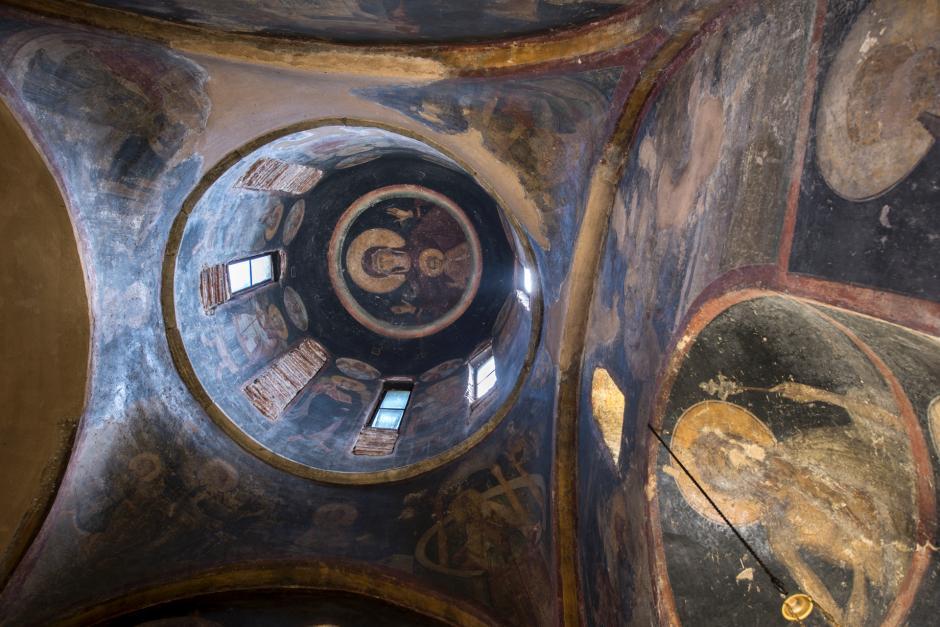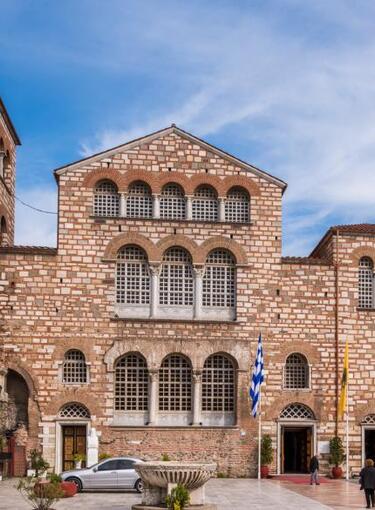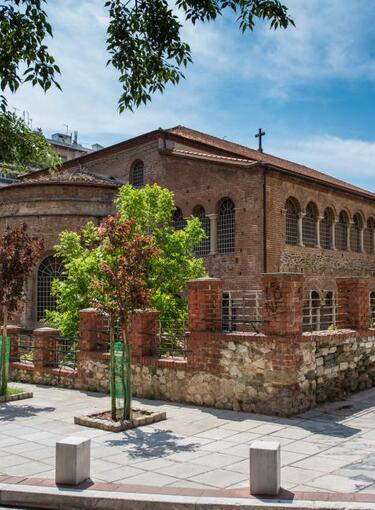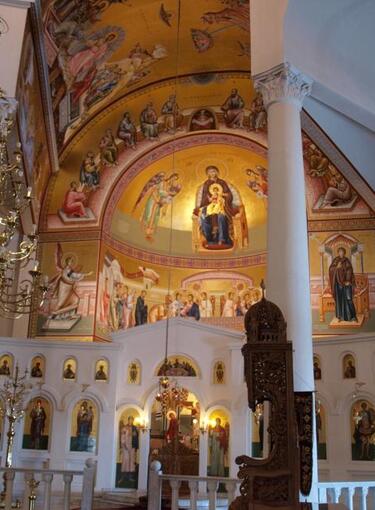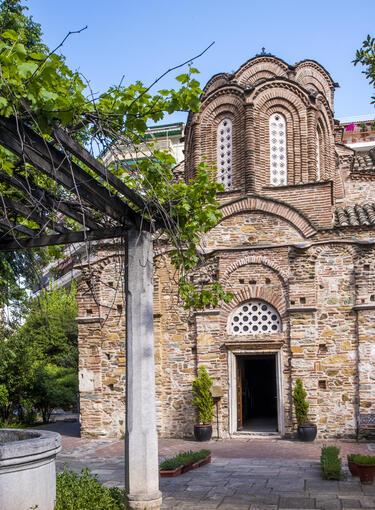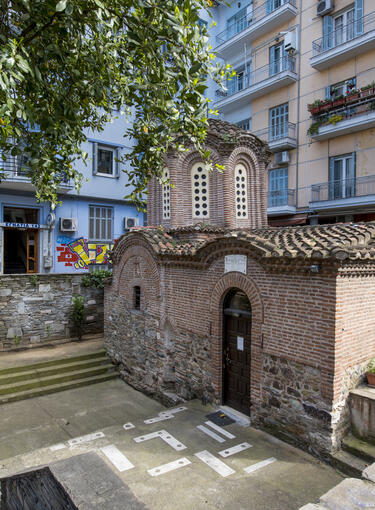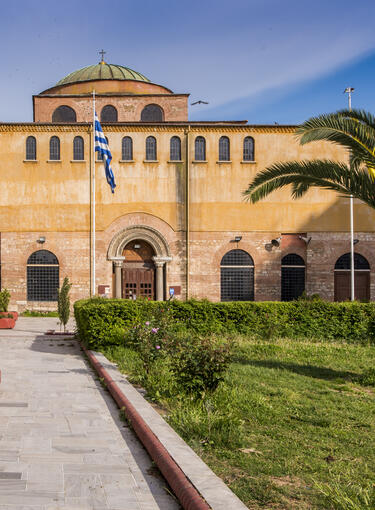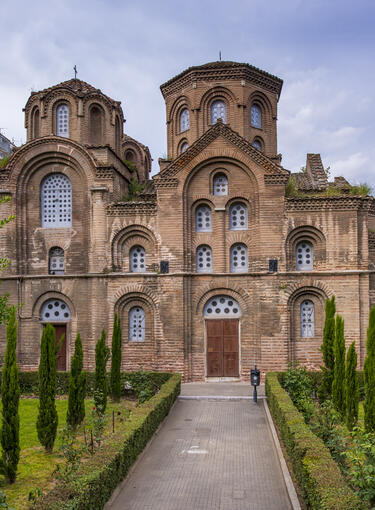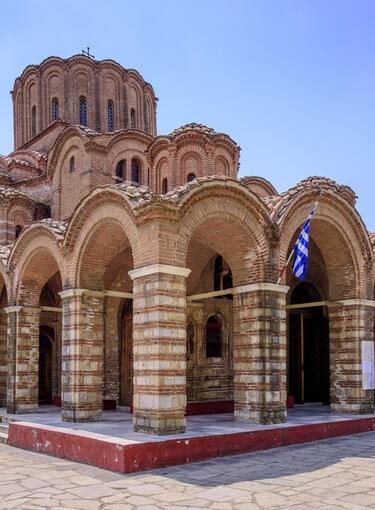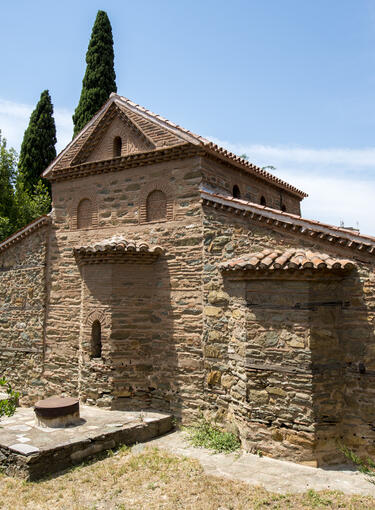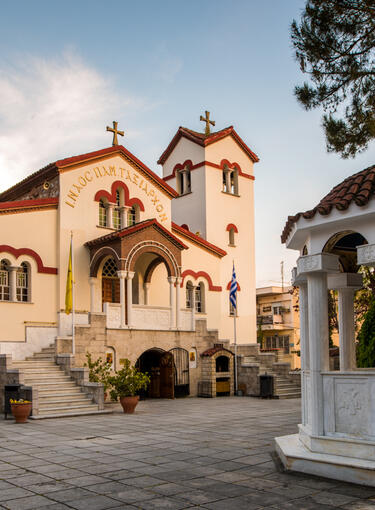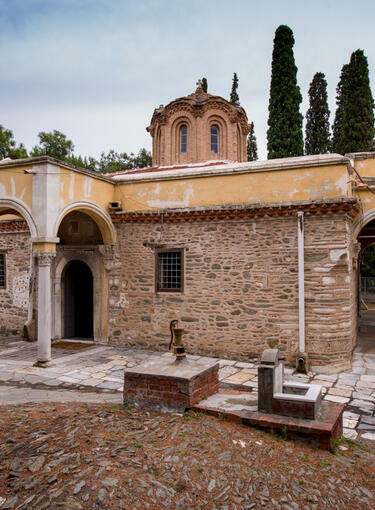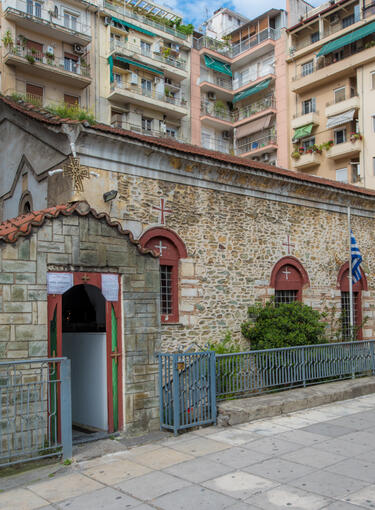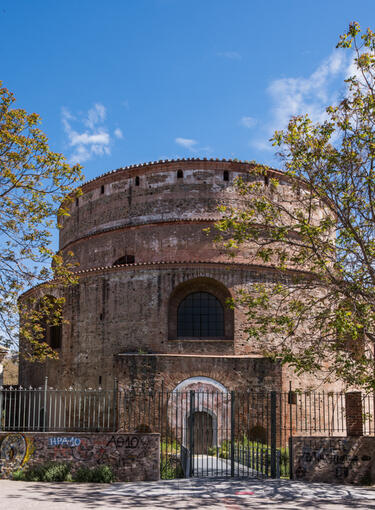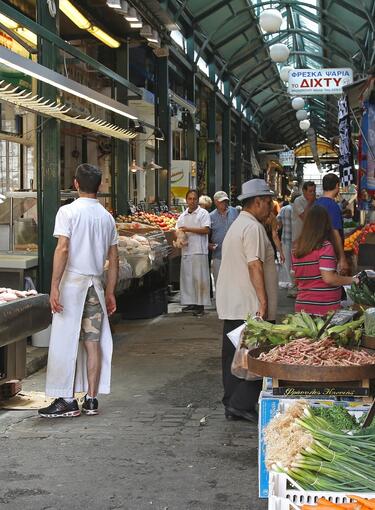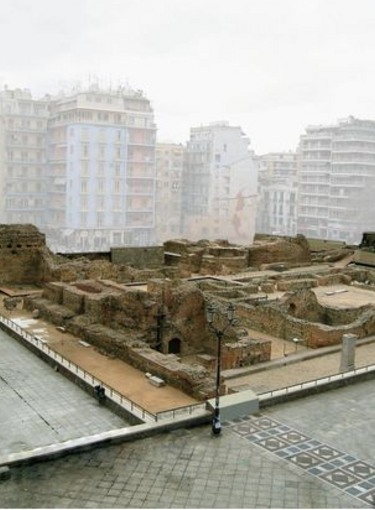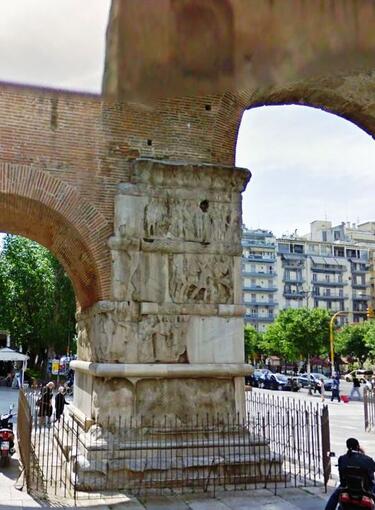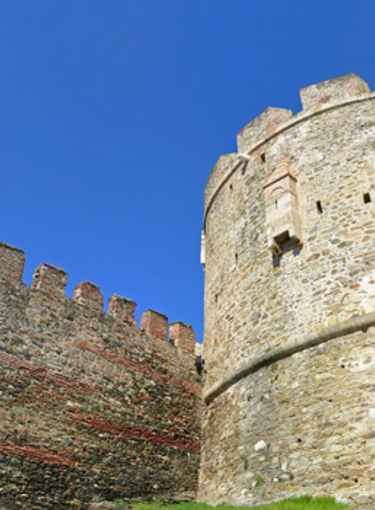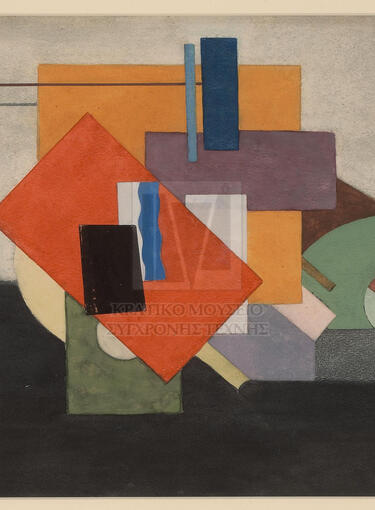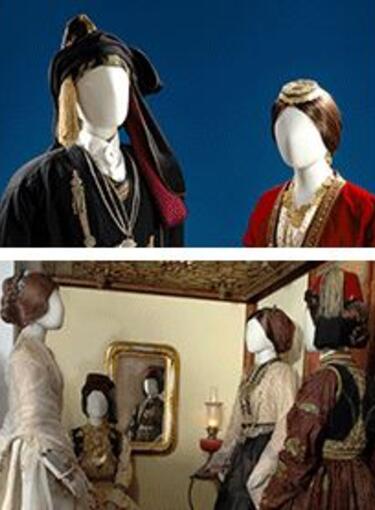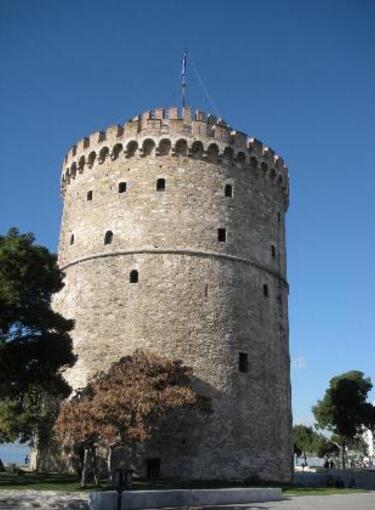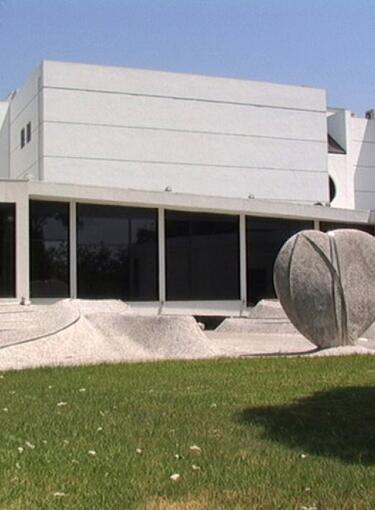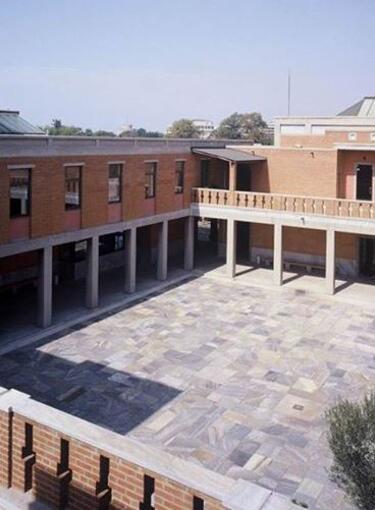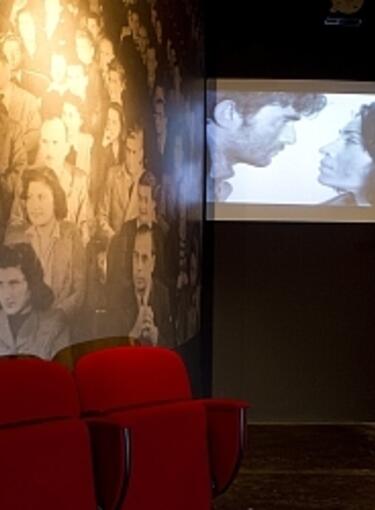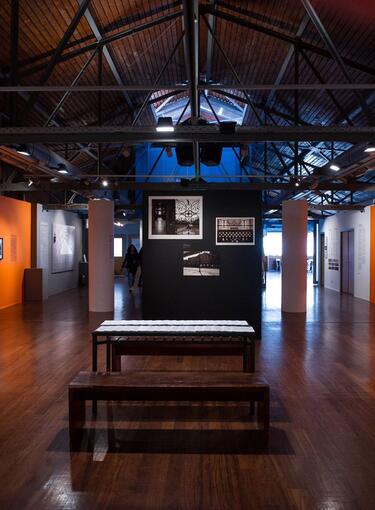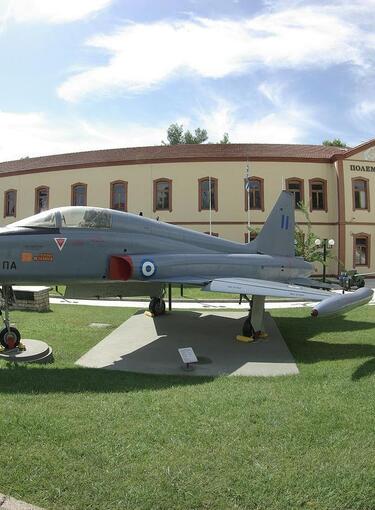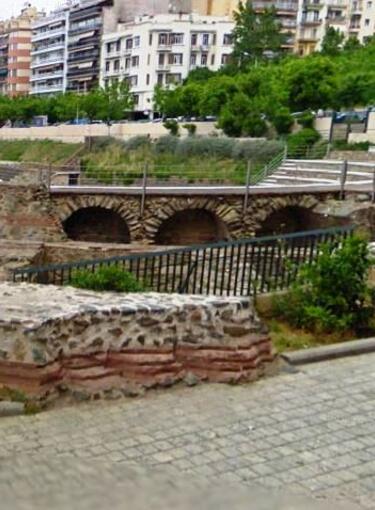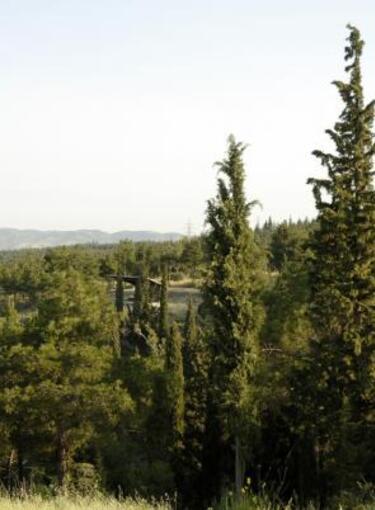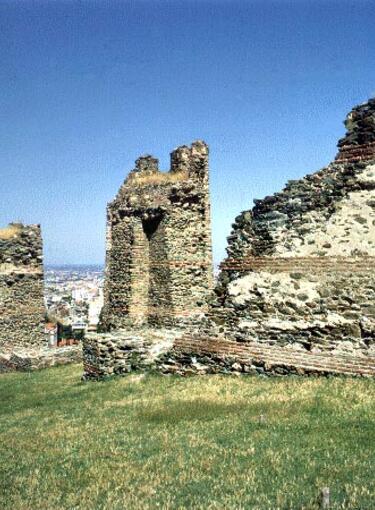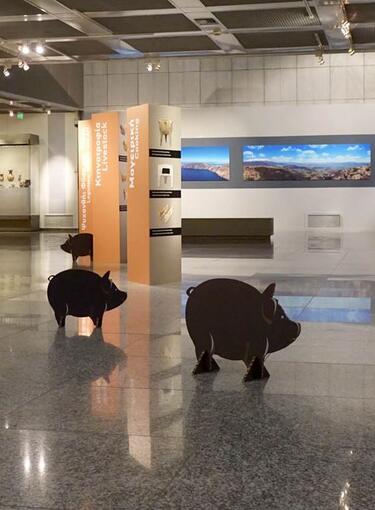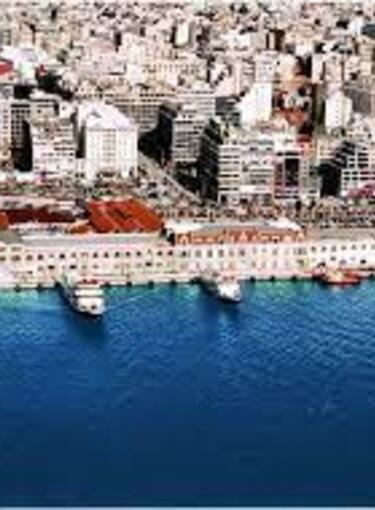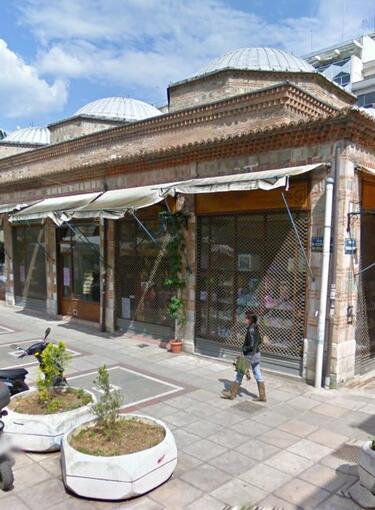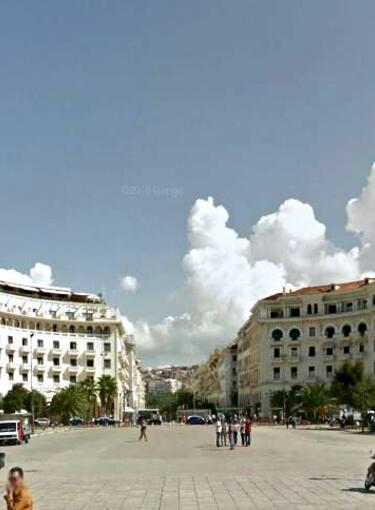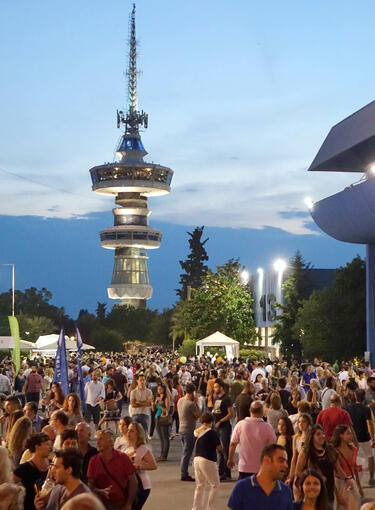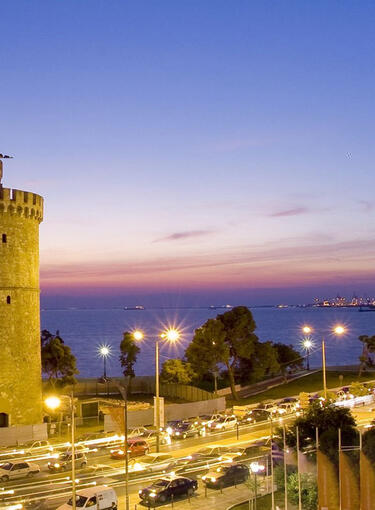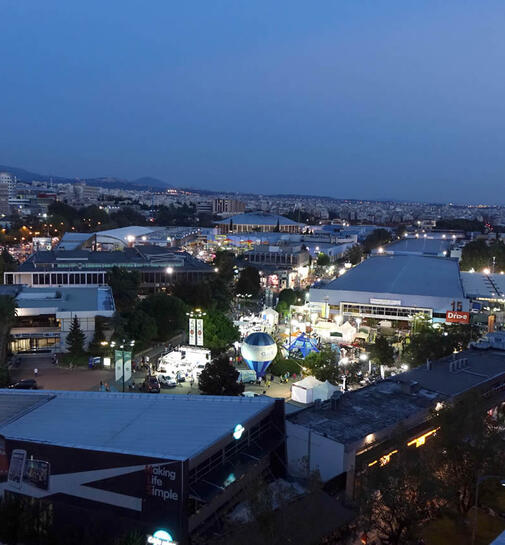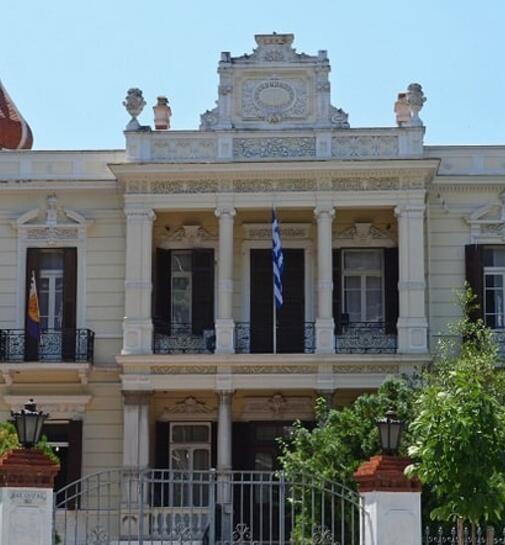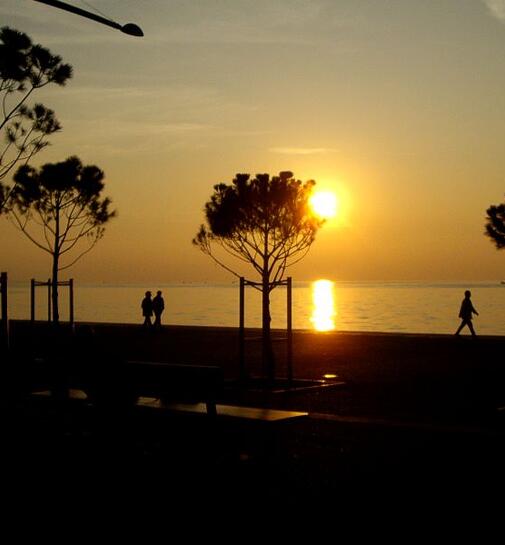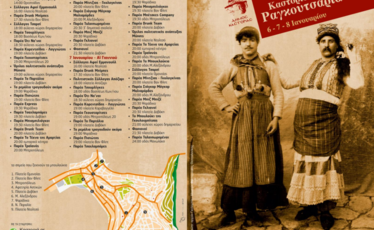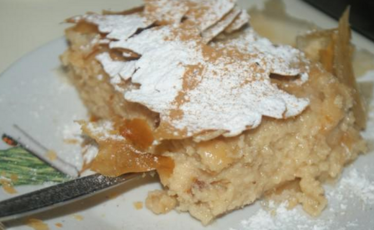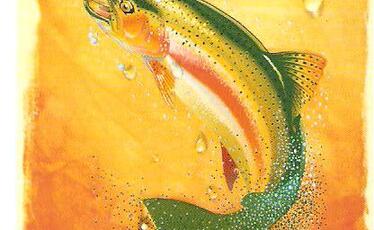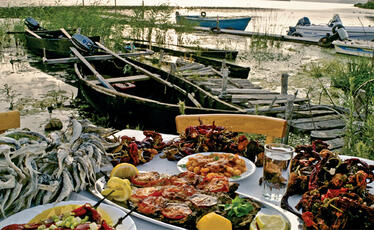The church of Agioi Apostoloi is at the beginning of Agios Dimitrios street, next to the western walls of the city. Architecturally and morphologically, the monument is the most important example of the art in the Palaeologan period (1261-1453) in Thessaloniki, reflecting at the same time the financial and political heyday of that era. Of great importance are also its mosaics and the wall paintings. The monument follows, like all the other Byzantine monuments of the city, the artistic tradition of Constantinople.
The church of Agioi Apostoloi was the catholicon of a large Monastery, from which the propylon and the cistern still survive. The name Agioi Apostoloi is a later one and is based on tradition, according to which the church was covered with twelve domes, symbolizing the Apostles. Initially it was dedicated to Virgin Mary, as testified by the wide range of subject matters in the wall paintings that depict scenes from her life.
According to three surviving inscriptions the monument was founded with the donation of ecumenical patriarch Nifon I in the years 1310-1314. When Nifon I left the patriarchal throne his student and abbot of the monastery, Paul, continued his work, as testified by an inscription. The second founder is depicted on his knees in front of the enthroned Virgin Mary holding the baby Jesus at the narthex.
Approximately a hundred years after the fall of Thessaloniki to the Turks (1430) pasha Cerezi Kasim converted the church into a mosque, naming after it after him. The mosque was also called Soğuk Su (that is of the cold water) because of the cistern. During the Turkish Occupation various alterations were made and the bell tower was destroyed.
The catholicon belongs to the type of complex four-columned, cross-in-square churches. In the east the central conch of the bema has externally seven sides, while the sides are three-sided. In the west there is a narthex. The church is surrounded by a portico on all three sides. On the east there are the chapels of the Virgin Mary and Agios Ioannis Prodromos. The central part of the church is covered by a large dome, which is surrounded at a lower level by four smaller ones in the corners of the portico.
Externally, impressive us the excellent decoration by brick elements (ceramic decoration) which covers mainly the eastern side.
At the main church impressive are the mosaics that mimic the famous mosaics of the Monastery of Chora in Constantinople. The mosaics suffered great damages when the Turks removed the golden pebbles.
Also of high quality are the wall paintings that were made under the supervision of abbot Paul. The wall paintings cover the lower part of the main church and the portico. The apse and the arch of the bema remained without decoration.
Informations
Additional
Date:
1310-1314
Season:
Byzantine
Celebrates:
30th of June
Holy Metropolis:
Thessaloniki
Under the Supervision of:
Archaeological Service of the city of Thessaloniki
Address:
square of Agion Dodeka Apostolon (Olimpou & Paparigopoulou) 54630
Access:
Car, Local Bus
Access to People with Special Needs:
Yes
Parking:
Possibility of free parking around the area
Schedule:
Everyday: 7:00-12:00μ


